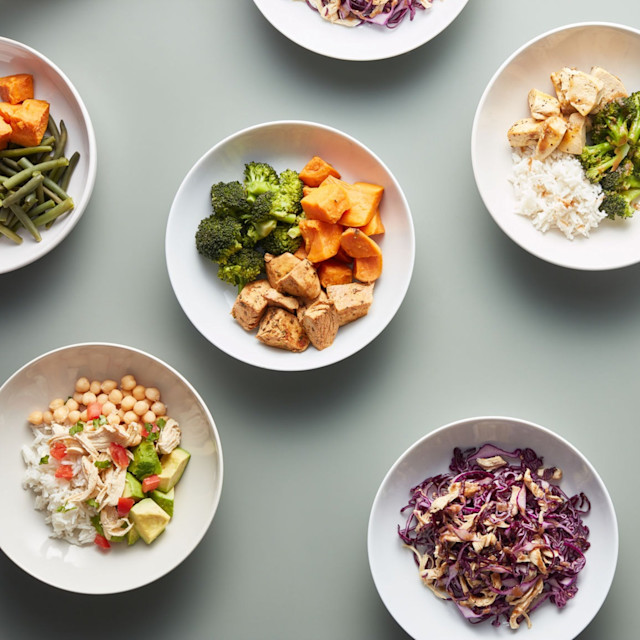Follow the 40 percent rule.
The healthiest choice isn’t always an option. In Best Worst Choice, experts explain what you can do to make the most of those less-than-ideal situations.
The gist:
On the keto diet, you should only get about 10 percent of your daily calories from carbs, a restriction that has negative effects beyond decreased performance. If you want to cut back on the macro, you should take a less drastic approach.
Expert insight:
Eating a fat-dominant diet can make it harder for your body to process carbs for fuel, says Lauren DeLuca, Tier X coach and certified sports nutrition specialist at Gold Coast in Chicago. That means you won’t get as big of a boost from energy gels and drinks during marathons or triathlons, leading to fatigue.
Fit people should get up to 65 percent of their daily calories from carbs. If you’re cutting back, never dip below 40 percent, DeLuca says. That’s enough to get the benefits of a low-carb diet—increasing good cholesterol and feeling more satiated after meals—without throwing off your body’s macronutrient balance. Prioritize whole-food sources like sweet potatoes and beans, which are full of antioxidants that aid in post-workout recovery and fight cell-damaging free radicals, explains Jillian O’Neil, Tier X coach at East 85th Street in New York City.
The bottom line:
Don’t go low carb if you’re training for an endurance race or a powerlifting competition, since you’ll need more fuel, DeLuca says. If you choose to ignore the 40 percent rule, consult a nutritionist to make sure you’re getting all the right nutrients.
